
Central to the Community Artist in the Parks program are the conversations artists have with visitors they meet in the parks. But what happens when the parks close to visitation? Some people chose not to travel as much in 2020 because of the pandemic. Sam Zim, Community Artist in the Parks that year, decided the program wouldn't stop—just change. Instead, of visitors seeing her in the parks, she reached out to talk with them social media. In exhange for a postcard to her responding to one of the themes below, she send a return postcard back—sometimes with original art. Over the summer she exchanged over 200 postcards with people across the U.S. and around the world.
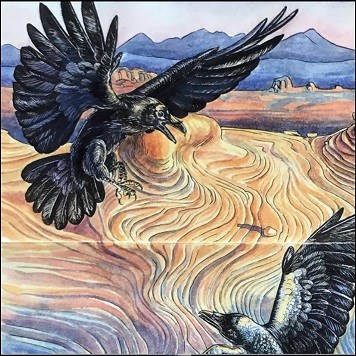
Monday, November 2, 2020Have you had any memorable encounters with wild animals outdoors? Meeting creatures of different species outdoors can be profound, inspiring, startling, funny, and sometimes terrifying. Whatever impression they leave, meeting a wild animal is almost always memorable. Whether it's baby ducks or a polar bear, odds are you've had some unique close encounters with the full-time residents of the natural world, and I want to hear about them! 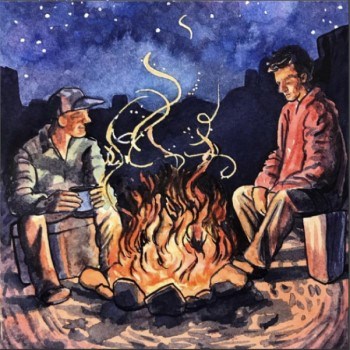
Thursday, September 10, 2020How has being outdoors affected your friendships and conversations? Time spent outdoors with friends has to be one of the greatest joys of life. The outdoors creates opportunities to get to know people in a unique way. Moving through the natural world changes our behaviors and relationships: we adapt, improvise, collaborate, trust, problem-solve, and shoulder responsibility in ways that deepen our connections with others. I'm fortunate that nearly all my closest relationships have been formed, or strengthened, by shared experiences outdoors, and many of the best conversations I've had happened under an open sky. I'd love to hear about one of your favorite buddy trips, a great conversation, or a time you worked as a team outdoors and the effect it's had on your relationships. 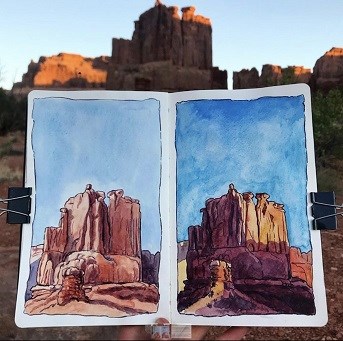
Monday, August 10, 2020What's a silver lining you've found when the natural world foiled your plans? Bad weather, flat tires in the middle of nowhere, wrong directions, bees... If you've spent any time outdoors you know to expect the unexpected. Though frustrating, these experiences create opportunities as they force us to scramble our plans. Maybe you wouldn't have found that viewpoint, met that person, seen that bird's nest -- if things had gone smoothly. Tumultuous, intense, polarizing, good, bad, ugly... 2020 is unique. The unexpected gifts received outdoors remind me to look for windows of opportunity this year has opened, instead of just staring at all the closed doors. Tell me about a few of your silver linings from the outdoors or from this year. 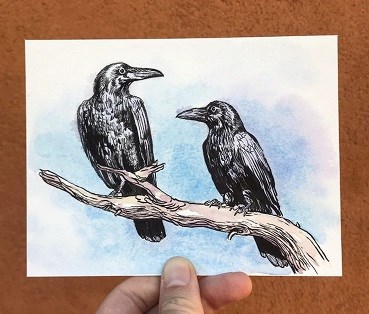
Monday, June 22, 2020:How has the natural world put you in the role of teacher? What are you passing on about the outdoors? Recently, we've been talking a lot about making a better world for those who follow us. Between parents and children, friends, mentors and greenhorns, teachers and students—knowledge changes hands across a variety of relationships. Teaching someone to skip stones, climb a tree, follow a trail, or listen for bird song can have a profound effect on both teacher and learner. With Father's Day this past weekend, and the changing world we find ourselves in today, I'm curious: Do you think about what you're leaving to the next pair of boots to travel your road? 
Wednesday, June 10, 2020:What has the natural world taught you about how to keep going when things get tough? Perseverance: to persist in doing something despite difficulty or delay in achieving success. The natural world is full of examples of perseverance—most natural processes unfold with persistence, but not speed. Additionally, the outdoors often demands perseverance from those who spend time in it. 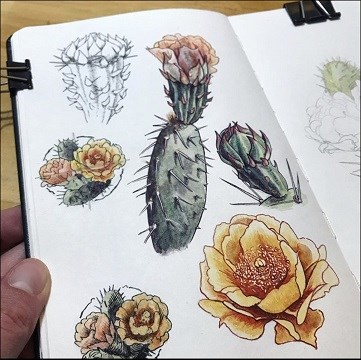
Monday, May 26, 2020:Sam's First Desert Forage Prickly pear fruits, or "tunas," can range in color from bright magenta to golden peach or a deep wine color. Their flavor is said to be like a musty mix between watermelon and strawberries, and they have to be harvested with tongs and thick gloves—they're covered in fine, nearly invisible and extremely irritating hairs. Come September, I geared up and headed out to a spiky piece of ranched land... Stay tuned for Part Two of Sam's foraging story next week... 
Monday, May 18, 2020:What food grows wild where you live?Before the domestication of plants and animals, foraging was the primary source of food for humans. In the era of grocery stores, foraging seems to have gotten a bad rap—seen as grubby, opportunistic, or even dangerous. I didn't start foraging until I became an adult, but now I love stumbling across wild food. It always amazes me to think: the Earth just made this! Without any human intervention. 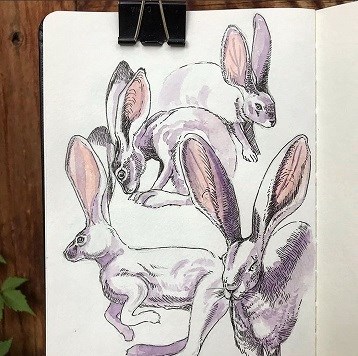
Monday, May 11, 2020:How and when have you needed to adapt in the outdoors? Now seems like a great time to think about adaptation, and the incredible results it produces in plants, animals, and people alike! 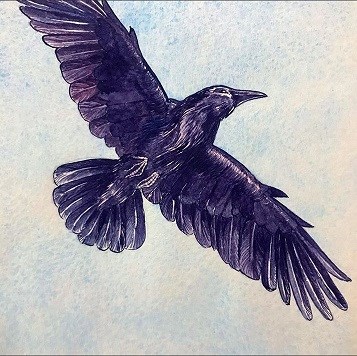
Monday, May 4, 2020:What is your earliest memory of the natural world? 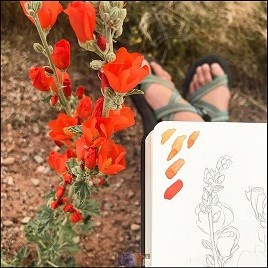
Monday, April 27:Which plants are the first to tell you it's spring where you live? 
Monday, April 20, 2020:It's International Dark Sky Week! 80% of Americans live in areas of the country where you can’t see the Milky Way due to light pollution from cities, but even in those cities at least a handful of stars usually cut through the smog and light. Do you know their names? Have you ever seen a meteor shower? Maybe you live on a farm and have more familiarity with the night sky. I look forward to reading (and replying to!) your experiences with stars, and reflecting on my own, this week. |
Last updated: January 28, 2021
